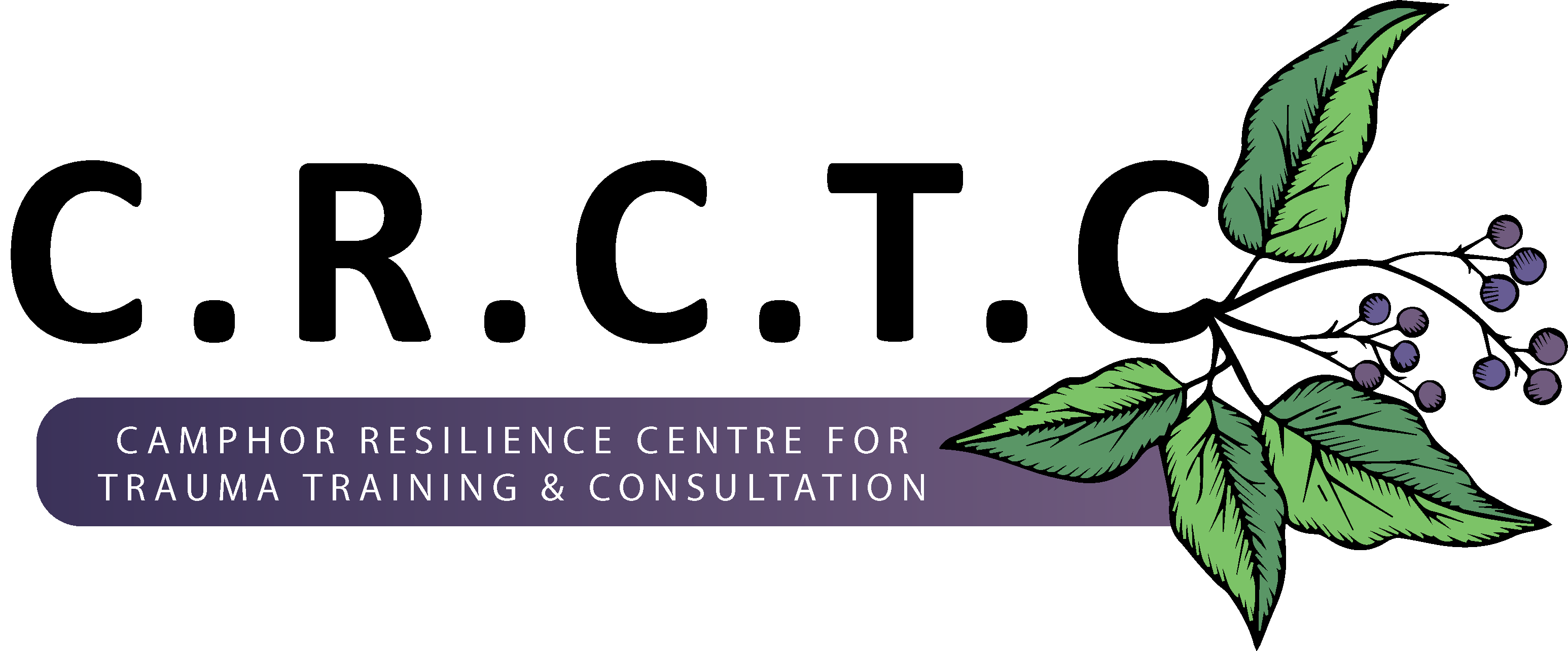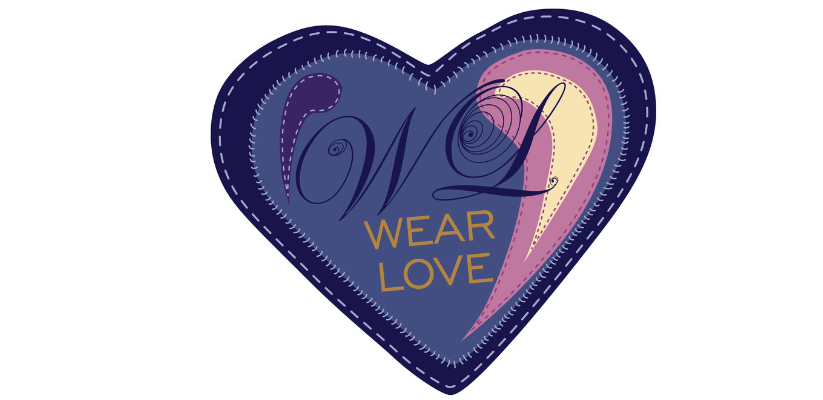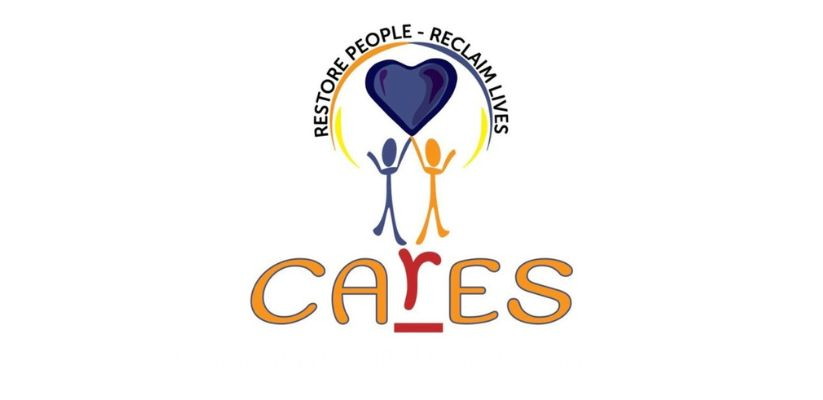The Parallels Between Bullying and Domestic Abuse. Vilia Y Reynolds CTIRF
"Bullying and domestic abuse are storms that brew from childhood to adulthood; only by confronting the tempest can we reclaim our sunshine."
This comprehensive analysis supports the writer's opinion and underscores the need to recognise the similarities between these two forms of aggression. Understanding these parallels is crucial for comprehending their lasting impact on individuals.
In this analysis, the writer firmly believes and will demonstrate that the perspective on the parallels between abusive romantic relationships and bullying in childhood is not just significant but also compelling. We will fortify this position by examining critical concepts, citing relevant literature, and formulating ideas.
1. Nature of Control and Manipulation
Both bullying and domestic abuse are characterised by power dynamics where one individual seeks to dominate another. This can manifest through emotional manipulation, intimidation, or physical violence. According to the American Psychological Association, abuse in relationships often involves the abuser exerting control and causing fear in their partner, similar to how bullies intimidate their victims through threats or social ostracism (APA, 2017).
2. Victim Responses and Coping Mechanisms
Observations regarding the responses of victims—numbness or hyper-vigilance—are well-documented in psychological research. Victims of both childhood bullying and domestic abuse may experience a range of maladaptive coping mechanisms.
- Apathy and Numbness: Prolonged exposure to emotional or physical abuse can lead to a state of numbness or dissociation, where the victim feels disconnected from their emotions (van der Kolk, 2014).
- Substance Abuse and Eating Disorders: The use of drugs, alcohol, or disordered eating as coping strategies is prevalent among individuals who have experienced trauma (Cohen et al., 2005). These behaviours serve as maladaptive methods for managing stress or emotional pain.
- Hyper-Vigilance: Some victims may develop hyper-vigilance, leading them to overreact in seemingly safe situations. This aligns with findings by ACO, a trauma-informed organisation established by van der Kolk, that trauma survivors often live in a state of heightened awareness, perpetually scanning for potential threats (van der Kolk, 2014).
3. Co-dependency and Attachment
Let us delve deeper into the concept of co-dependency, which is often prevalent in abusive relationships. Co-dependency can emerge from long-term emotional abuse, wherein the victim feels emotionally tethered to their abuser despite the harm inflicted. This aligns with Bowlby's attachment theory, which posits that individuals may form strong attachments—even unhealthy ones—to those who cause them distress (Bowlby, 1982). Understanding this dynamic is crucial in comprehending why victims often find it difficult to leave abusive relationships.
4. Family Dynamics and Love
The idea that 'family and love' can 'complicate the victim's decision-making process' is crucial. Victims often feel compelled to maintain relationships due to familial obligations or societal expectations, thus prolonging their suffering. This phenomenon can create an internal conflict between the desire for autonomy and the need to conform to familial or cultural norms (Dutton & Painter, 1993). Understanding these societal and cultural influences is essential in addressing the broader social implications of abusive relationships.
Conclusion
It is concluded that the argument successfully highlights significant parallels between bullying in childhood and abusive relationships in adulthood. Both involve manipulation, fear, and control, leading to complex emotional and psychological responses in the victim. The involvement of co-dependency and familial love adds layers of difficulty in breaking free from these cycles.
References
1. American Psychological Association. (2017). Intimate Partner Violence. Retrieved from [APA](https://www.apa.org/topics/violence)
2. Bowlby, J. (1982). Attachment and Loss: Vol. 1. Attachment. New York: Basic Books.
3. Cohen, P., Janicki, D., & Smiley, L. (2005). The relationship between bullying and substance use. Archives of Pediatrics & Adolescent Medicine, 159(10), 939-944.
4. Dutton, M. A., & Painter, K. (1993). Surviving Domestic Violence: Voices of Women Who Broke Free. New York: Harper Collins.
5. van der Kolk, B. A. (2014). The Body Keeps the Score: Brain, Mind, and Body in Healing Trauma. New York: Penguin Books.
























